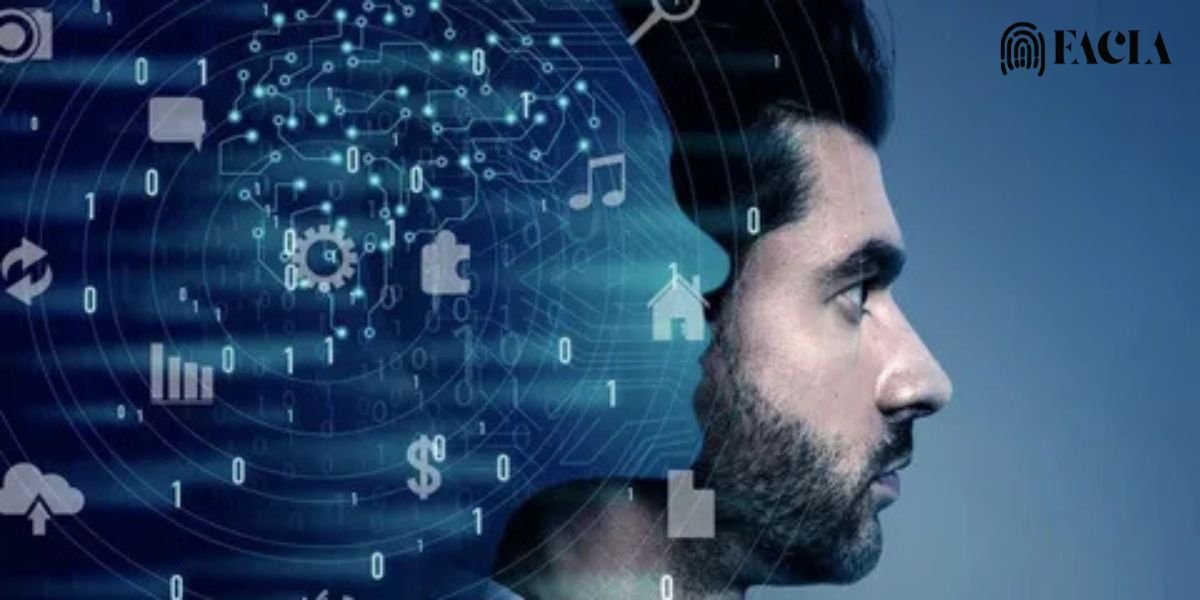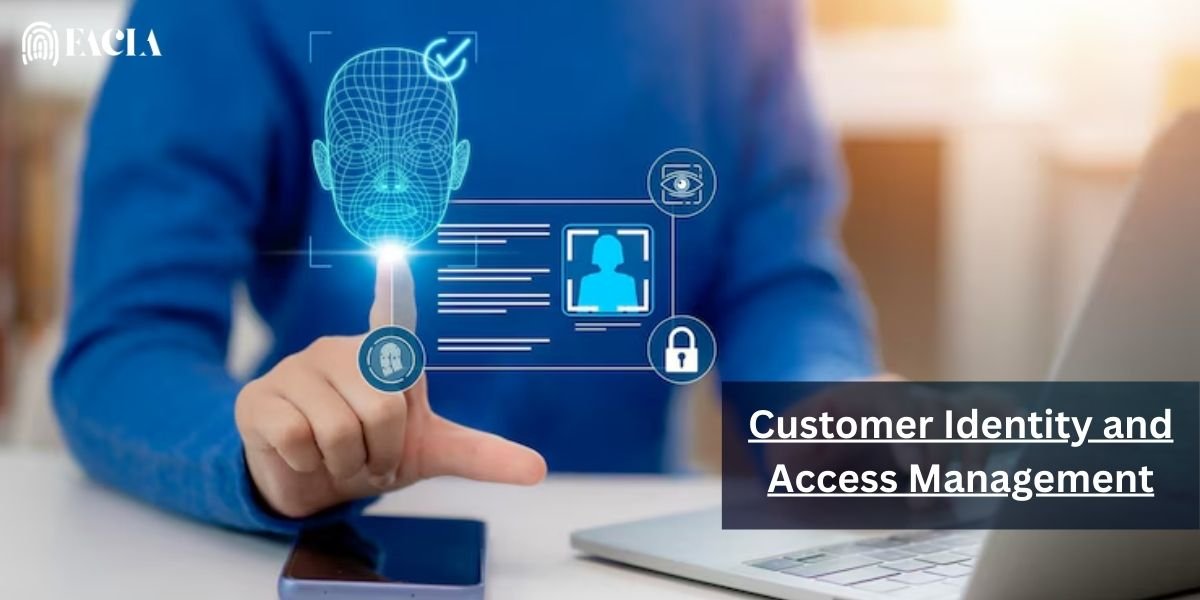Will AI steal human facial recognition? The Short Answer: No, AI is unlikely to “steal” human facial recognition capabilities. Instead, AI will complement human facial recognition by enhancing the accuracy, speed, and scalability of the process.
While AI can surpass humans in certain tasks (such as processing large amounts of data or operating continuously), it cannot replace the nuanced, intuitive recognition skills that human beings possess, especially when interpreting context, emotions, or complex social interactions.
Introduction
A key component in modern identity verification, security, and digital communication is facial recognition technology. Facial recognition is important to many businesses, from recognizing criminals in surveillance footage to unlocking devices. This technology’s core is the ability to identify and compare human faces, a task that humans have traditionally completed. However, the rapid development of artificial intelligence (AI) raises the question: will AI steal human facial recognition?
This blog covers AI’s facial recognition skills, its potential to take the position of humans, and the technological, ethical, and privacy issues related to its use. We’ll look at how AI improves facial recognition, what special benefits it has over people, and whether it can ever replace the necessity of human intervention.
Human vs. AI in Facial Recognition: A Comparison
Human Facial Recognition Skills
Due to millions of years of evolution, humans have a natural capacity to recognize faces. Our brains are capable of effectively identifying people by processing complicated visual information, such as emotional and contextual signals. Humans are also capable of using memory to recall past interactions or feelings associated with a person’s face. However, there are some limitations associated with human facial recognition.
- Speed and Scalability: Humans are slower than machines when processing large volumes of facial data.
- Biases: Humans may exhibit unconscious bias based on race, gender, or emotional expression, which could skew facial recognition accuracy.
AI facial recognition capabilities
AI, on the other hand, processes face data using computer vision, neural networks, and machine learning. This is how AI works:
- Accuracy and Speed: AI can analyze thousands of faces in a fraction of the time it takes a human. It is especially useful in large-scale surveillance scenarios.
- Learning and Adaptation: AI systems improve over time by learning from new data, becoming more accurate and efficient.
- Unbiased Analysis: We can train AI to eliminate inherent biases, potentially providing more consistent results across various demographic groups.
Artificial intelligence (AI) facial recognition systems frequently exceed humans in areas like scalability, processing speed, and memory capacity, but they may have trouble understanding contextual details that people naturally understand.
Read more blogs
Key technologies and innovations in AI face recognition
Deepfake Technology and GANs (Generative Adversarial Networks)
Deepfakes—AI-generated films or pictures that resemble real people—are one of the major problems AI confronts in facial recognition. Generative adversarial networks (GANs) frequently produce hyper-realistic faces that can deceive both AI and humans. This raises the question: will AI steal human facial recognition by surpassing human capabilities in distinguishing real faces from fake ones? Particularly in areas like digital identity verification, these developments are creating security issues by making it harder to tell the difference between actual and fake faces.
3D face modeling and reconstruction
AI enhances facial recognition by using advanced 3D face modeling, particularly when the subject’s face is partially hidden or seen from a unique perspective. By producing an exact, three-dimensional map of the face, this technology makes it possible to identify faces more easily in difficult-to-recognize settings, such as crowded places with poor lighting.
Emotion and Behavioral Analysis
AI can do more than just recognize faces; it can also analyze them. To forecast future responses and intents, it can evaluate behavioral signs and emotions (such as happiness, sorrow, rage, etc.). This might greatly enhance security surveillance, mental health evaluations, and customer service. Even though AI is quicker and more reliable than humans in processing these expressions, it might not be able to properly convey the range of human emotions.
Liveness Detection
A crucial component of AI facial recognition that separates actual faces from still photos or movies is liveness detection. This technique aids in preventing spoofing attacks, in which someone tries to get around security by using another person’s images or recordings. To confirm a face’s authority, AI can look at minute motions like blinking or variations in facial texture.
Industries adopting AI facial recognition
Law Enforcement and Public Security
AI-driven facial recognition is becoming a powerful tool for law enforcement. It’s used for:
- We are identifying suspects in criminal investigations and locating missing persons.
- We conduct public surveillance to guarantee safety in densely populated areas like airports, stadiums, and shopping malls.
- We use automated threat detection to identify wanted criminals in a crowd.
While AI may be able to help or even replace human police in identifying suspects, human decision-making is still necessary, particularly in complicated circumstances requiring contextual awareness.
Healthcare and Mental Health Analysis
We can use artificial intelligence (AI) to read facial expressions for signals of emotional or physical health issues. AI-based healthcare systems can track patients’ responses, allowing for the early identification of mental health conditions like anxiety or depression. However, interpreting these results in a clinical setting frequently calls on human judgment.
Retail and Customer Experience
In retail, AI enhances the customer experience by:
- Face recognition enables the personalization of offers and advertisements.
- We use emotion recognition to assess customer satisfaction and modify services instantly.
Even if artificial intelligence (AI) may automate consumer interactions, human engagement is still vital to establishing emotional connections and trust, especially in service-intensive businesses.
Airports and Transportation Security
By improving identification verification and cutting down on wait times, AI-based face recognition is transforming airport security. Automated systems can increase efficiency by matching the faces of travelers with their documentation. However, managing rare situations and protecting data privacy still require human control.
Finance and KYC (Know Your Customer) compliance
AI is becoming more and more important in banking and finance, particularly in identity verification and fraud detection. AI can quickly scan and compare faces to verify that a person is who they say they are. This feature streamlines financial transactions, yet it necessitates a balance between automation and human control to avoid errors and ensure regulatory compliance.
Potential ethical and privacy concerns
Data privacy and consent issues
AI face recognition software presents serious privacy issues. The unconsented collection and storage of biometric data may breach personal rights, raising concerns about how this technology is evolving. Will AI steal human facial recognition by controlling data processes? traditionally managed by humans? To protect this sensitive data and stop abuse, governments and organizations must set explicit policies.
Bias and accuracy
There are still worries that AI systems may not correctly identify faces from different cultural or gender groupings, even if AI can be educated to reduce bias. According to studies, certain systems don’t work well on people with darker skin tones or less typical face characteristics. This problem emphasizes how crucial it is to do ethical research and routine audits of AI systems.
Deepfake concerns and identity theft
Deepfakes present a significant danger to human facial recognition and artificial intelligence. The capacity to produce real pictures and movies of people poses serious concerns for identity theft, false information, and invasion of privacy. Although AI will be important in recognizing and preventing these dangers, its extensive use also leaves it open to manipulation.
The departments that are most affected by advancements in AI facial recognition
Security and surveillance departments
By automating tracking and quickly recognizing dangers, artificial intelligence is revolutionizing security. However, this raises the question: will AI steal human facial recognition and fully replace traditional methods? AI-powered monitoring presents questions regarding civil liberties and privacy. For in-depth study and to guarantee ethical use, traditional human-operated devices are still required.
Marketing and consumer insights
AI’s ability to use face recognition to assess consumer behavior could completely transform marketing. Although it raises concerns about consumer permission and data protection, retailers may obtain profound insights into the tastes and emotions of their customers.
Human Resources and Workforce Management
We are using AI for performance reviews and staff monitoring (attendance, engagement). Although this eliminates the need for manual monitoring, it may result in problems with employee trust and privacy.
Legal and Compliance Departments
As AI facial recognition becomes more prevalent, legal teams are tasked with ensuring that companies comply with privacy laws, including GDPR in Europe and CCPA in California. While AI can simplify the legal compliance process, navigating complex regulations requires human expertise.
Can AI Truly Steal Human Facial Recognition?
While AI has shown remarkable progress in facial recognition, it cannot fully replace human judgment. This raises the question: will AI steal human facial recognition entirely, or will it remain a complementary tool? Human intuition, contextual understanding, and ethical decision-making are areas where humans excel, and AI still struggles. The future likely holds a collaborative approach where AI enhances human capabilities, making facial recognition systems more efficient and accurate while preserving the need for human oversight in complex, sensitive situations.
The Future of AI in Facial Recognition
As new technologies develop to increase security, efficiency, and accuracy, AI in facial recognition appears to have a bright future. But in terms of ethics, security, and privacy, this development also presents opportunities. Will AI steal human facial recognition entirely, making traditional methods obsolete? It’s unlikely—we anticipate AI to enhance human participation in facial recognition systems, not to entirely replace it.
Conclusion
Although facial recognition is one area where AI is developing quickly, it is unlikely to completely answer the question: will AI steal human facial recognition? AI provides scalability, speed, and precision that humans cannot match, particularly in large-scale or high-volume applications. However, human intuition, contextual awareness, and ethical concerns remain extremely essential in many fields. Facial recognition’s future depends on human-AI cooperation, where both sides build on one another’s advantages to make the world safer, more effective, and more moral.





